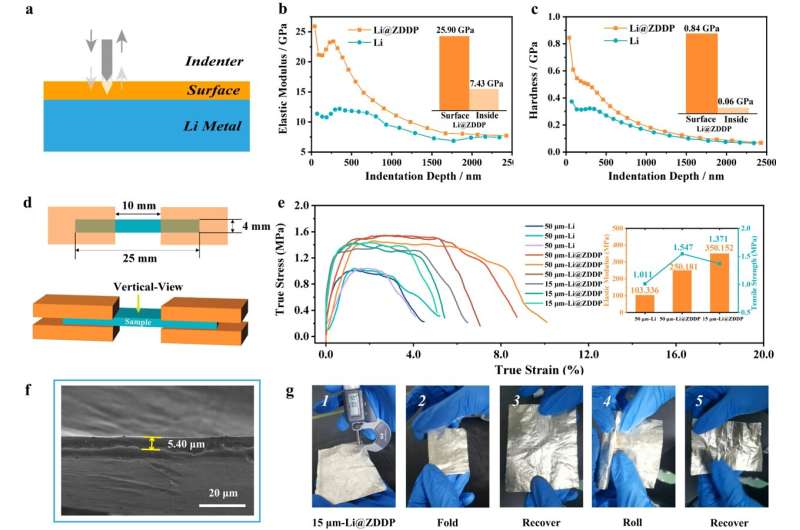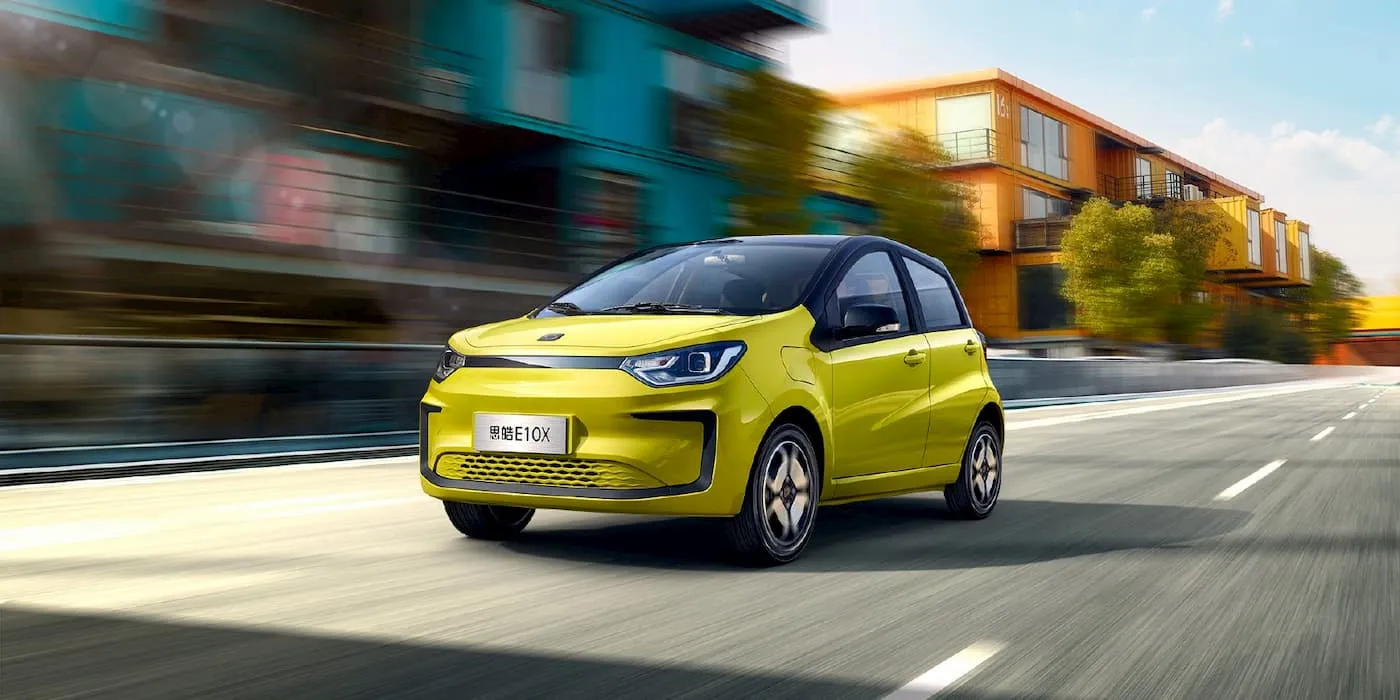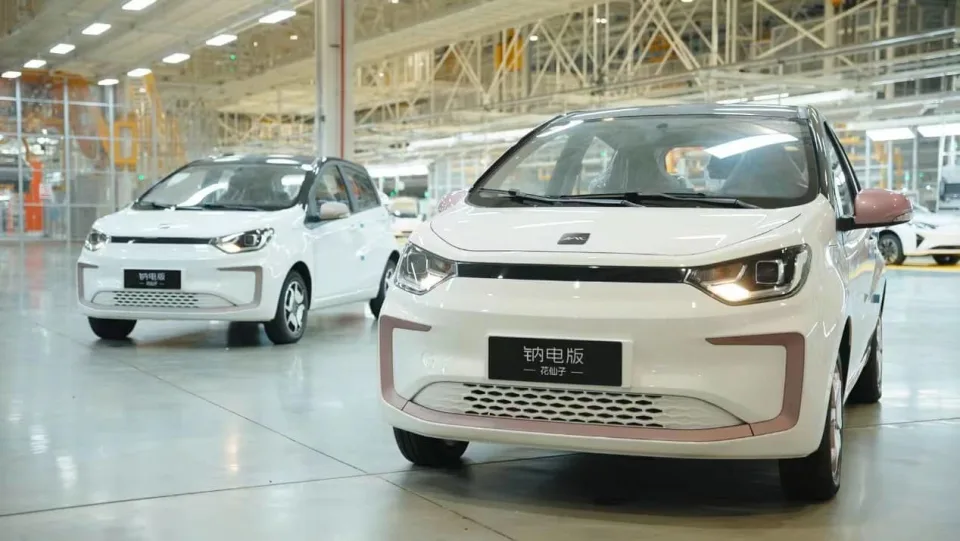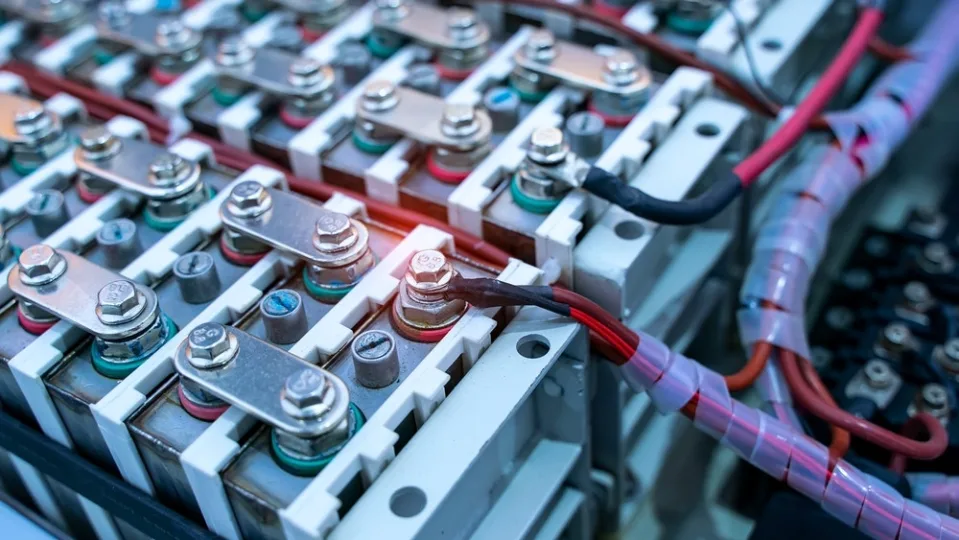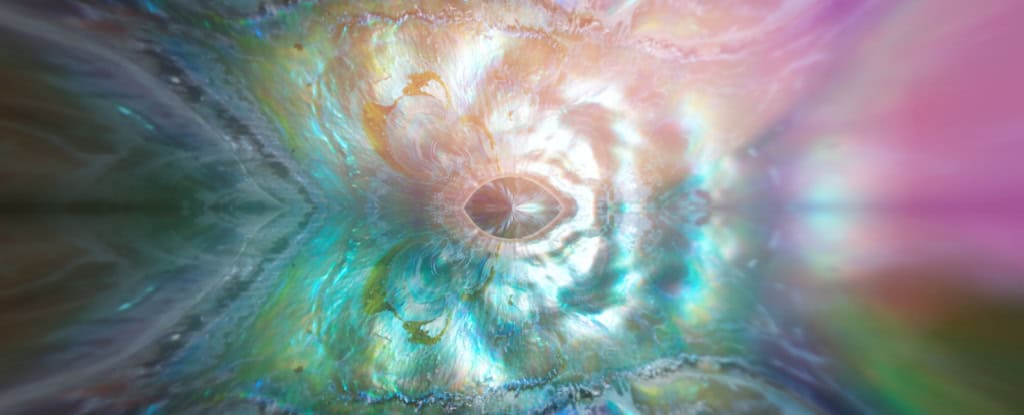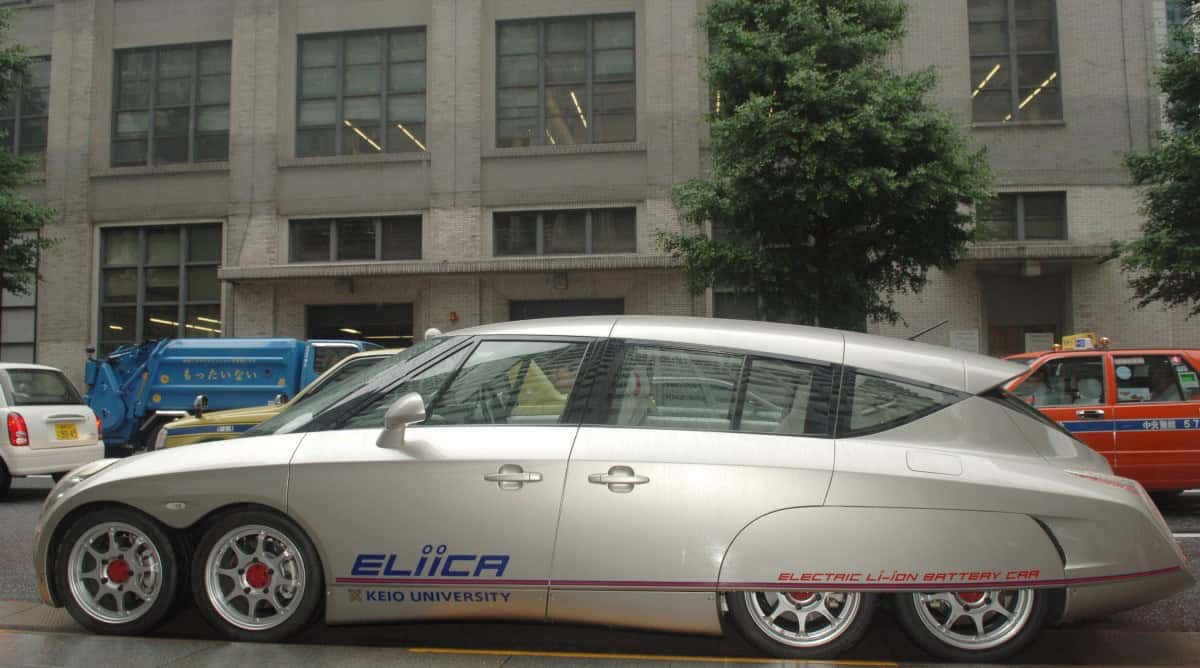
In July 2018, not long after the boom in lithium, and lithium batteries, began, people were pondering where the boom would end.
The former chief scientist, Alan Finkel, wrote an article for Cosmos “Long live the power of lithium!” and said: “It is difficult to predict where the next big battery breakthrough will come from.”
Finkel said at the time the competition is intense and advances are announced daily.
“My money is on replacing the liquid electrolyte with a solid-state electrolyte that is a kind of glass. If successful, the solid-state electrolyte will allow faster charging, increased safety, up to three times the energy density and longer lifetimes.
“Sound too good to be true?” asked Finkel then. He added: “The latest announcement from Toyota Motor Corporation confidently claims it will introduce solid-state lithium-ion batteries in 2022. While it is early days, solid-state lithium-ion batteries can provide a step change in performance that will give us electric cars able to go 1,000 km and smartphones that can be used for several days between charges.”55
Toyota In 2017, said it was on the cusp of a major technological breakthrough that could see solid-state batteries in showrooms by 2020.
Lithium batteries: What happened next?
Toyota said about solid-state batteries in October 2023: “The aim is for the batteries to be ready for commercial use by 2027/28”.
The RACV of WA reported two months ago: “BMW aims to have a working prototype by 2025. One of the battery suppliers to Ford and Volkswagen believes it will have solid-state batteries in mass production in 2028. And Nissan wants to debut solid-state batteries around 2027, potentially utilising them in sports cars and four-wheel drives.”
Nevertheless Finkel was close and remains optimistic about the future of lithium-ion batteries, telling Cosmos not long ago: “I was optimistic then, but the actual uptake in the intervening five years has outperformed my expectations. Lithium rocks!
“Other important elements in rechargeable batteries come and go, such as nickel and cobalt. However, for the high-performance batteries used in electric vehicles, lithium has been a constant. The technical reasons are what I said back then – lithium is the lightest metal and has the highest working voltage.
“The combination of science and engineering has seen the lifetime of lithium-ion rechargeable batteries improve to the point that I am confident the vast majority of lithium-ion electric vehicle batteries will last the lifetime of the vehicle.
“The investment in scientific research and manufacturing scale-up has led to prices coming down and energy density per kilogram going up. What’s not to love?
“There is, though, a new contender on the block. Another metal – sodium – is capturing headlines.
“Sodium is the extremely common element that is the major constituent of common salt. Sodium-ion batteries were commercially introduced to the market this year (2023) in small quantities.
“They do not have as high energy density per kilogram as their lithium-ion battery older cousins, but they are made from earth-abundant, harmless materials that are cheap, cheap, cheap. My prediction is that sodium-ion batteries will be used in huge quantities for stationary energy storage to reduce the intermittency of household solar rooftops, and utility-scale solar and wind power.
“It will be fun to look back in five years to see the trajectory of sodium-ion batteries. There is room for lithium-ion and sodium-ion batteries to co-exist as the demand for storage continues to grow at a rapid rate.”
